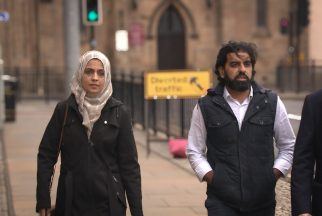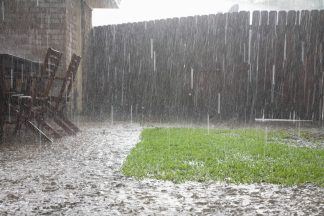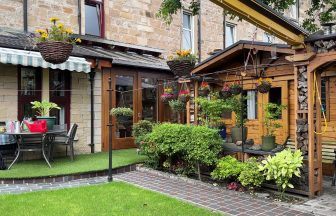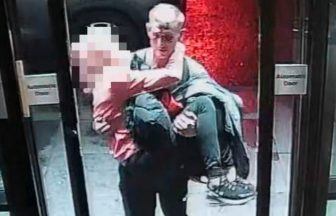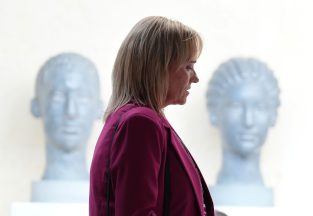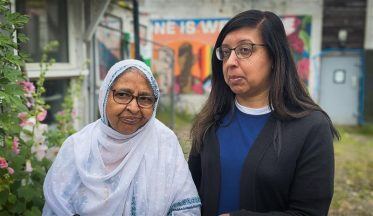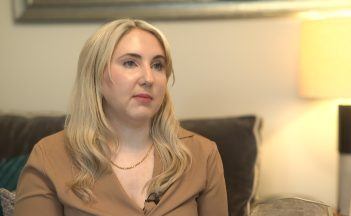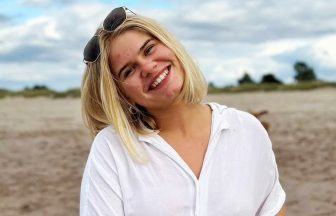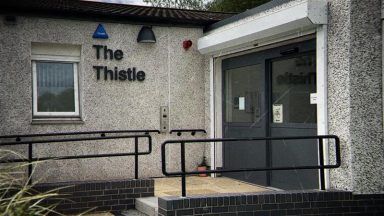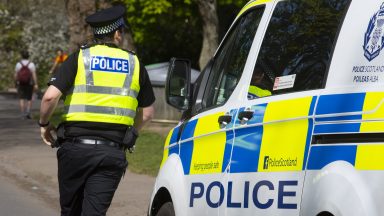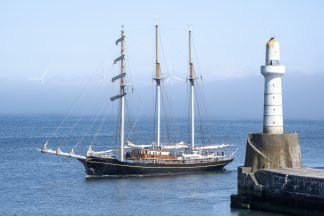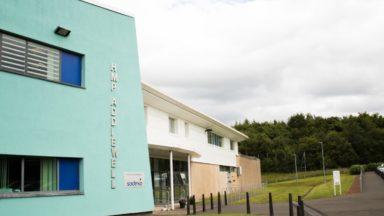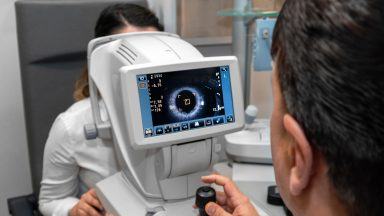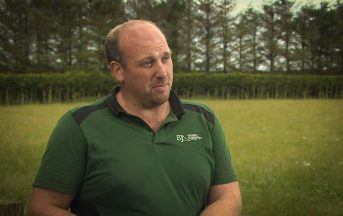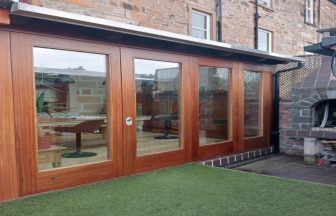Scotland’s largest known Pictish fort has been reconstructed as it would have looked more than a thousand years ago in “stunning” pictures.
Burghead in Moray has long been known as home to an ancient settlement, but it was thought the 19th century development of the town had eroded its historic past.
The landward ramparts and part of the sea defences were destroyed to build the modern harbour.
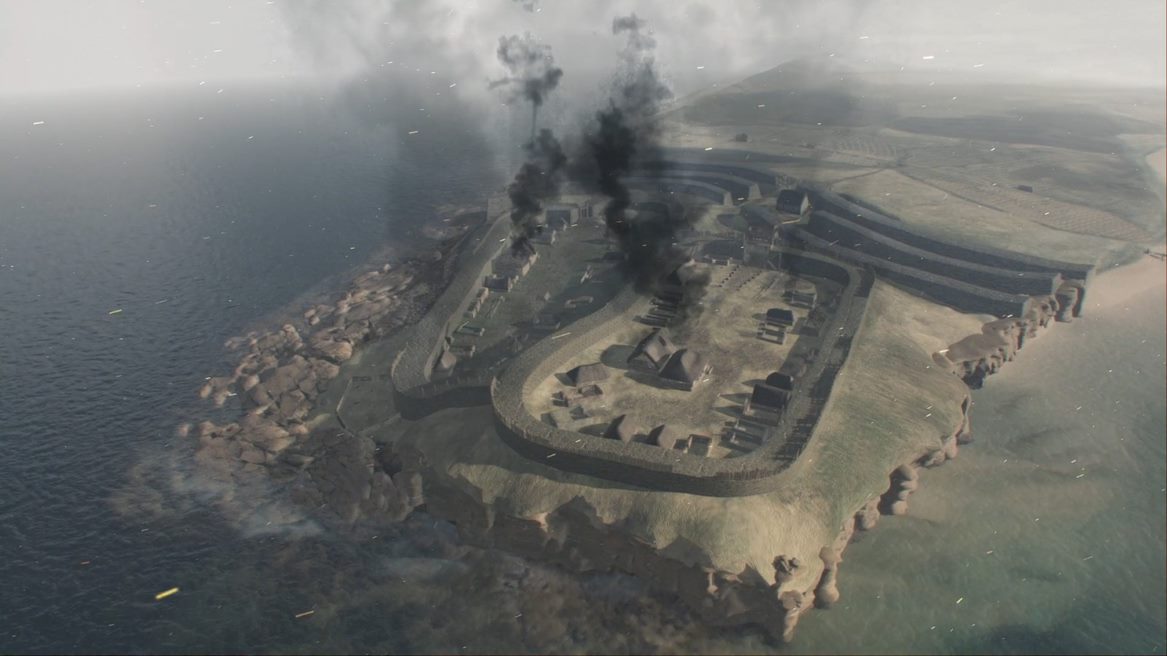 UoA
UoAMore than 30 Pictish carved stones were discovered during the destruction but just six depictions of bulls survived.
When University of Aberdeen archaeologists first began excavations in 2015, they expected little to have survived such extensive construction work.
But over the last five years, digs have yielded some of the most significant Pictish items and building remains ever uncovered.
Professor Gordon Noble, who leads the team, said: “The foundations of the huge ramparts have survived far better than anyone anticipated, despite their wilful destruction over the centuries and the midden layers, which is effectively where the Picts threw their rubbish, have provided startling insights into the lives of the Picts to the archaeologists.
“The scale of houses and buildings we have discovered evidence of show that this was a densely populated and important Pictish site.
Archaeologists have uncovered weapons, metalworking, and even hair and dress pins, helping them learn about the everyday lives of Burghead’s inhabitants between the 6th and 10th centuries AD.
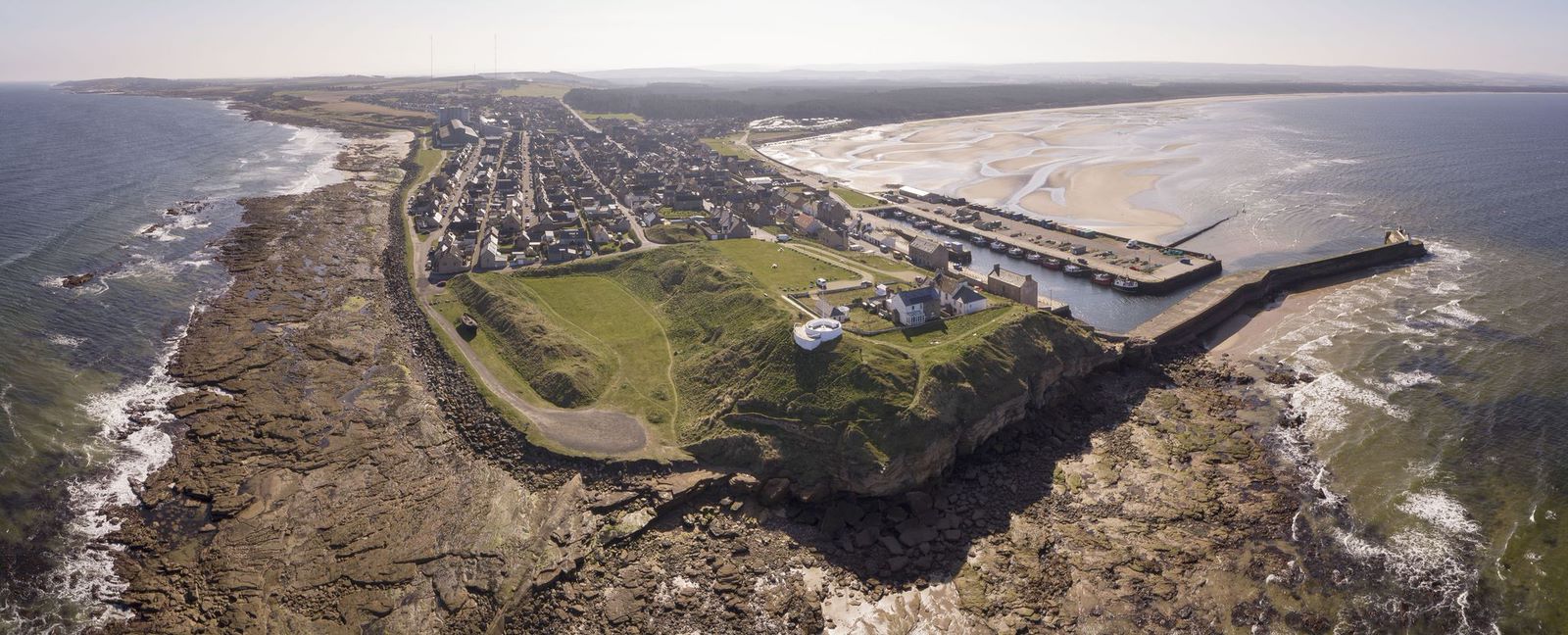 UoA
UoA“With each new dig we are finding out more about our ancestors who lived here,” Professor Noble said.
Three-dimensional reconstructions, coordinated by Dr Alice Watterson of the University of Dundee, have brought together the excavation work offering “an amazing insight into how Burghead may have looked”.
Evidence of early Christian occupation was also uncovered in previous digs, supporting theories that a chapel once stood at the entrance to the site.
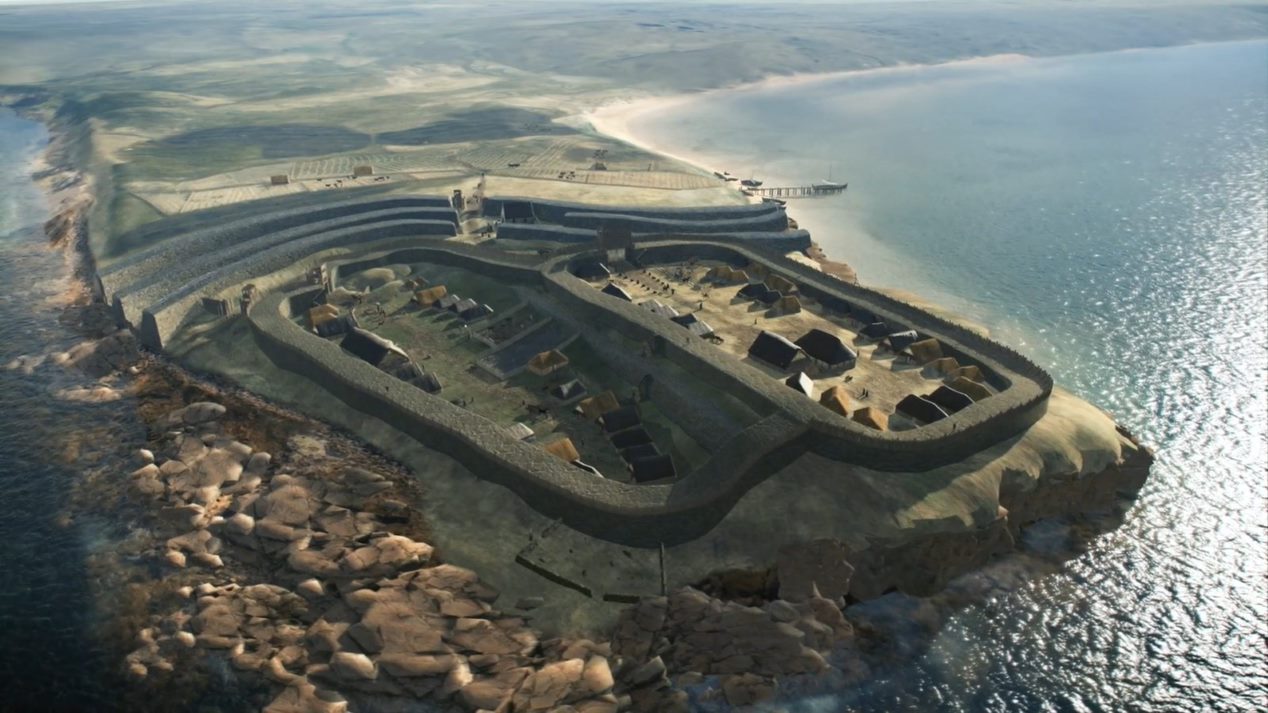 UoA
UoAThe fort at Burghead was destroyed by fire in the 10th century during a time when Vikings were known to have been raiding the Moray coastline.
It brought a rapid end to a way of life that had endured for centuries.
“Burghead fort was one of the most important places in Early Medieval Scotland, and was built to be dramatic and imposing,” said Dr Kevin Grant, archaeology manager of Historic Environment Scotland.
“These reconstructions help us imagine experiencing this spectacular site in its heyday. We are also delighted to support these excavations, which are transforming our understanding of Pictish Scotland and saving important archaeological remains from being lost to the waves.”
Follow STV News on WhatsApp
Scan the QR code on your mobile device for all the latest news from around the country


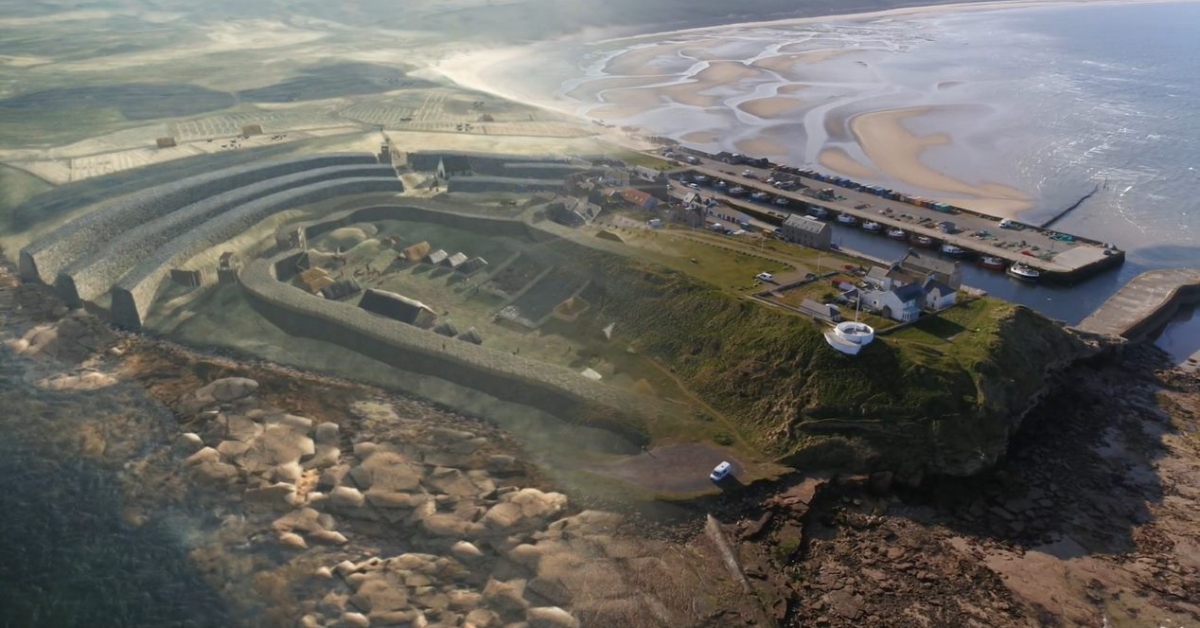 UoA
UoA